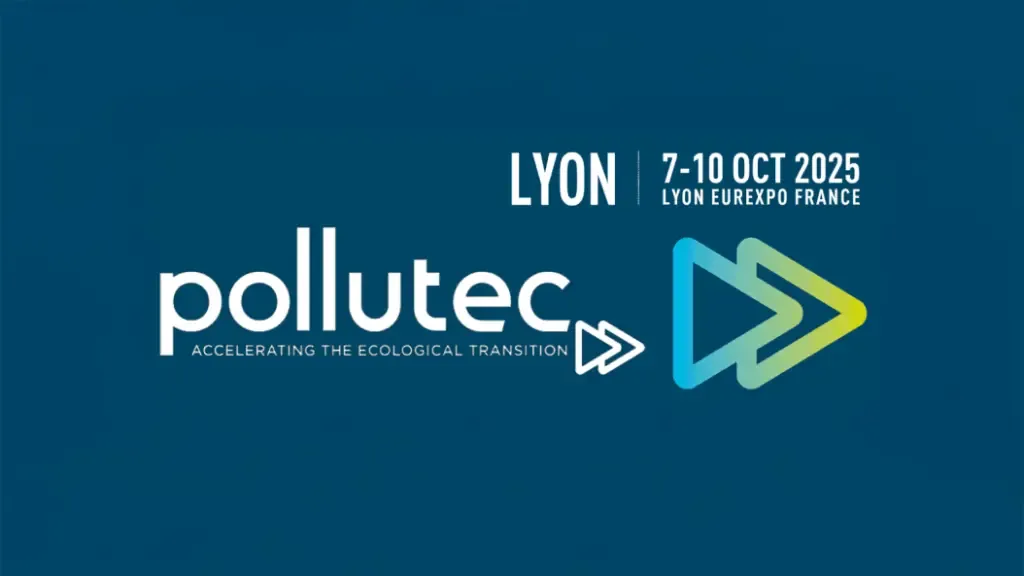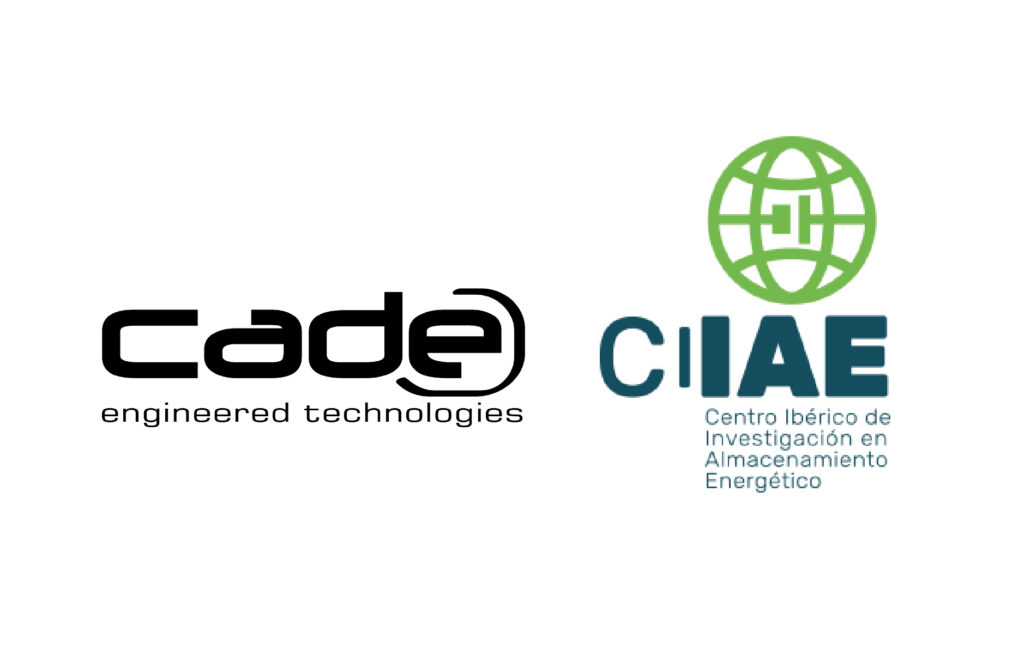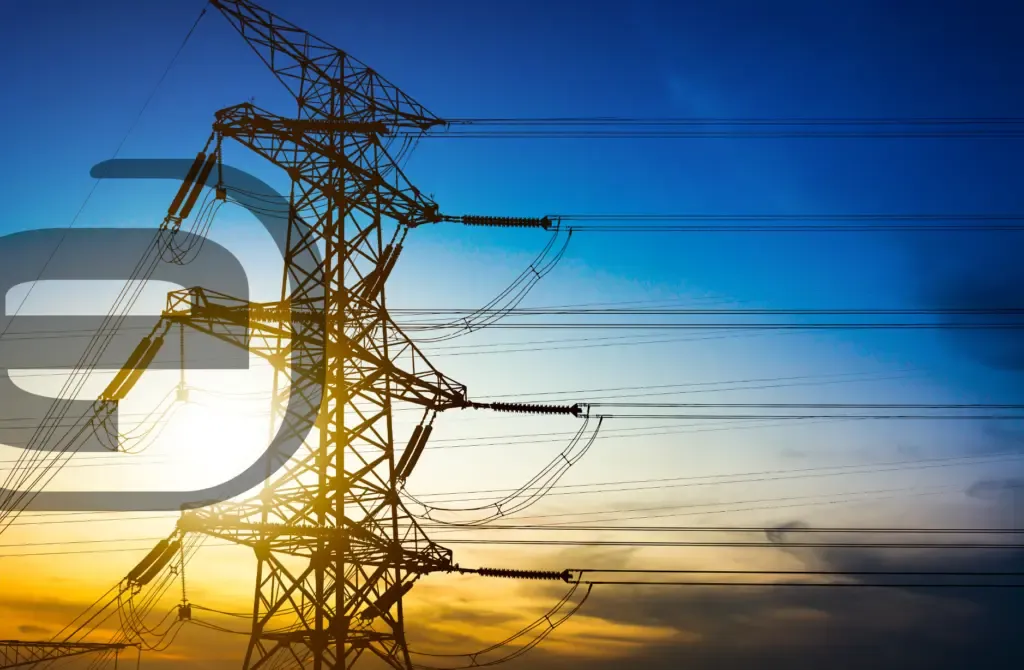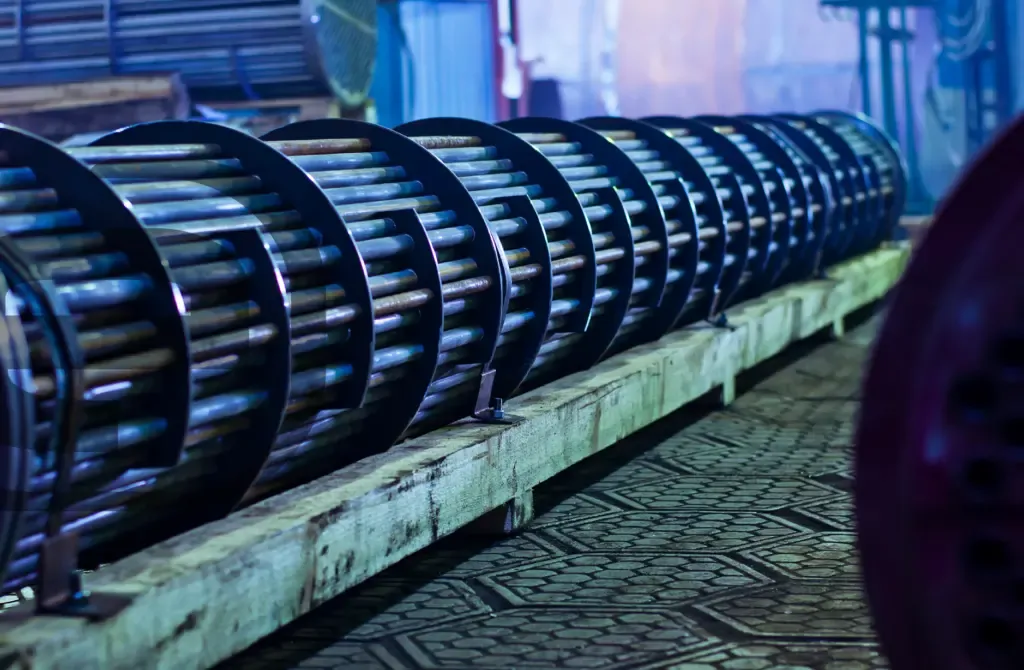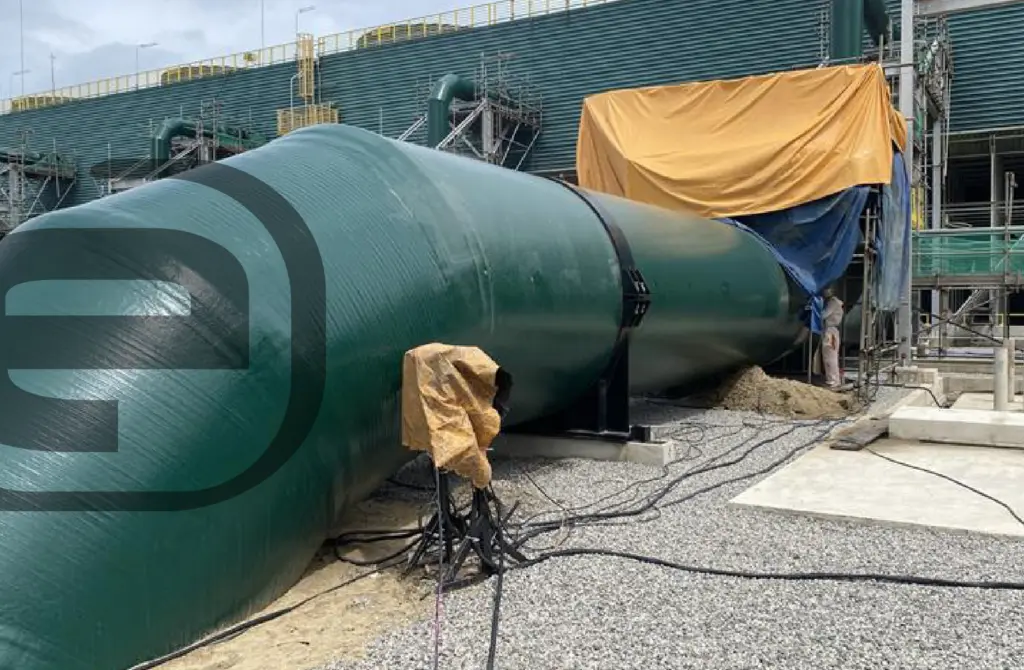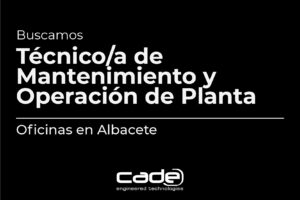The exponential growth of the photovoltaic sector in recent decades has led to the progressive aging of many existing plants. This is where photovoltaic revamping comes into play—an essential process for renewing and revitalizing photovoltaic installations. This presents a crucial challenge: ensuring the integrity of the structures on which solar panels are installed, guaranteeing that they can operate safely and efficiently throughout their lifespan.
What is Photovoltaic Structure Revamping and Why is it Important?
Photovoltaic revamping is a fundamental practice to extend the lifespan of solar plants, improve their performance, and ensure compliance with current standards. Additionally, it allows installations to be adapted to new technological demands, such as the installation of more efficient solar panels.
This process of renovating and upgrading photovoltaic systems may be necessary both to repair damaged panels (often affected by weather conditions) and to adapt them to new production needs. This type of renovation, which involves significant changes and improvements, generally requires a detailed analysis and, in many cases, a redesign of the existing photovoltaic structures.
Photovoltaic revamping has become an essential resource for solar plant owners, as it enhances installation efficiency by maximizing the use of existing resources without the need to build from scratch.
Key Steps for an Efficient and Safe Revamping Process
To ensure that the revamping process is carried out efficiently and safely, it is essential to develop a proper evaluation of the measures to be implemented through the following steps:
Initial Analysis and Diagnosis
Assess the current state of structures and components by conducting a detailed analysis of the plant to identify damage, corrosion, or wear—especially in elements that will be retained after the revamping process.
Photovoltaic Structural Calculation – Wind Load Analysis
Verify whether existing structures comply with code requirements regarding the effects of various acting loads (wind, snow, seismic activity, self-weight) after the changes, as well as the new weights of the panels. Advanced simulations (using matrix methods or FEM) are necessary to evaluate structural behavior under extreme conditions. This helps prevent problems associated with replacing solar panels after revamping.
Structural Renewal – Implementation of New Structural Solutions
Replace or reinforce critical elements through structural renovation. This may include the installation of more modern and efficient structures, such as optimized metallic support systems that enhance strength and durability. These designs should improve the stability of the structures while facilitating maintenance operations in the photovoltaic plant.
Validation of the Photovoltaic Structure
Ensure that each structural component (pillars, lintels, purlins, etc.) complies with internationally recognized design standards (Eurocode, AISC, ASCE, IS, AS1170, etc.). This process guarantees the quality and safety of the new structures, providing peace of mind to investors.
Continuous Monitoring and Maintenance
Implement a preventive and corrective maintenance system that includes periodic inspections and the use of new monitoring technologies, such as smart sensors, to detect issues before they escalate.
Benefits of Photovoltaic Revamping
Extended Lifespan
Renovated installations can extend their operational life for several decades, maximizing the return on investment.
Cost Reduction
Upgrading is more cost-effective than building new plants from scratch, reducing both installation costs for new components and dismantling costs for existing ones.
Increased Efficiency
With new designs and materials used in modern solar panels, plants achieve higher energy production and efficiency.
Regulatory Compliance
Ensures that installations align with international safety and sustainability standards.
Revamping not only optimizes performance but must also guarantee the structural integrity of photovoltaic systems, making it a viable solution for the global energy transition.
When to Consider Photovoltaic Revamping?
Several circumstances make photovoltaic revamping a strategic necessity. Below are some of the most relevant:
Deteriorating Components – Frequent Failures
Over time, modules, frames, inverters, and other components may experience wear, malfunctions, or failures, affecting the plant’s ability to generate energy optimally. If component efficiency begins to drop significantly, it is time to consider a renovation. Revamping not only restores functionality but also prevents major disruptions in energy generation.
Technological Upgrades
The photovoltaic industry is advancing rapidly, offering more efficient solar panels. Modernizing an installation with these new technologies can significantly increase energy output while reducing operating costs.
Incompatibility of Components
In some cases, older components are discontinued or become difficult to replace. In such scenarios, revamping allows for standardizing equipment, ensuring easier maintenance.
Long-Term Advantages of Revamping
Taking a proactive approach through photovoltaic revamping not only improves short-term energy production but also ensures the sustainability of the plant for decades. This type of intervention is crucial for those looking to maximize the profitability of their investments while contributing to the development of clean and accessible energy.
A detailed structural analysis, combined with effective solutions, is key to ensuring the stability of installations and maintaining their competitiveness in an increasingly demanding market.

